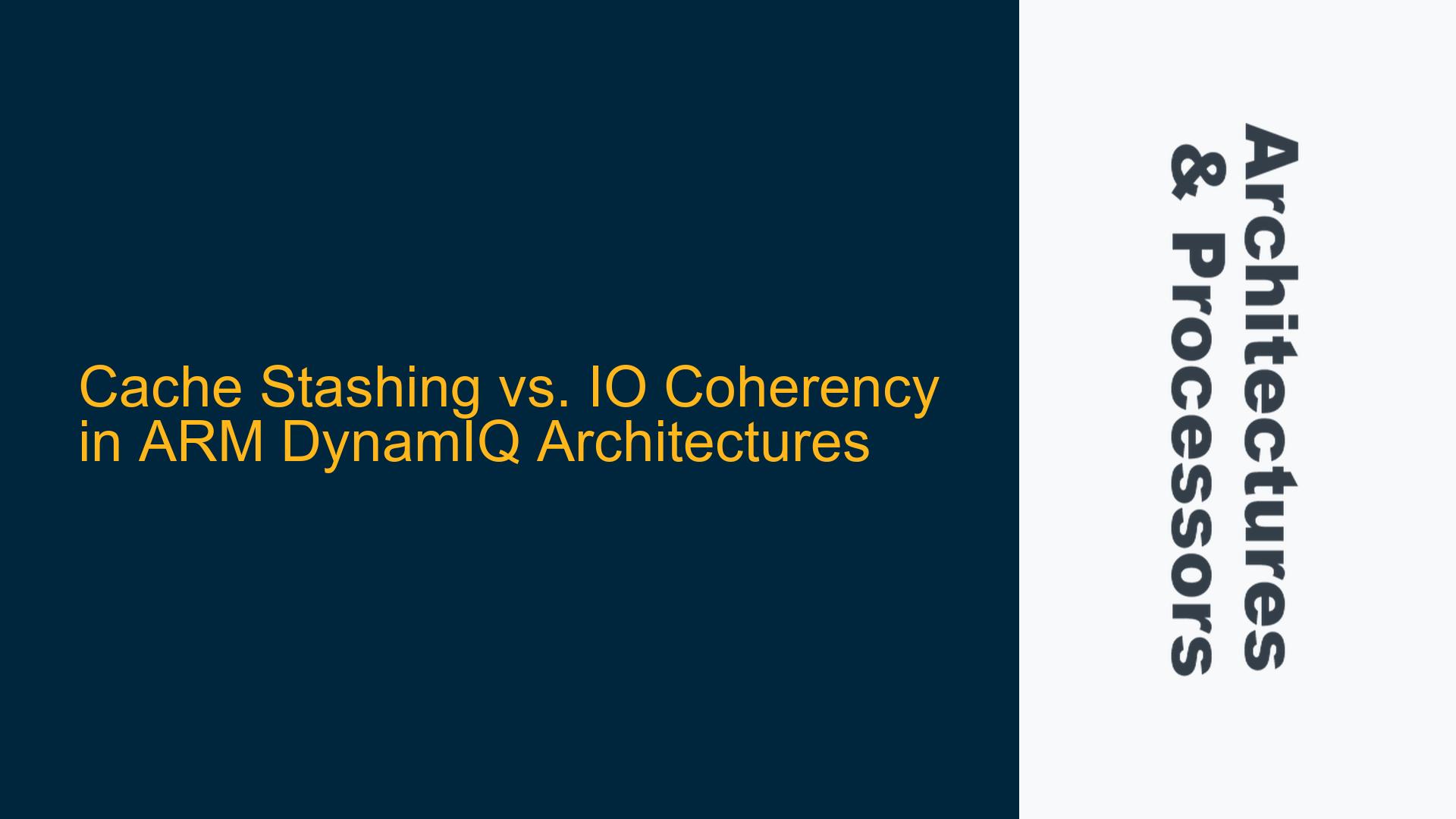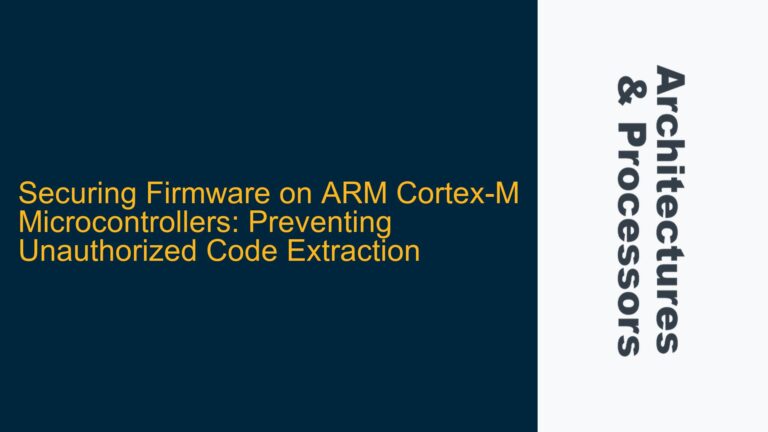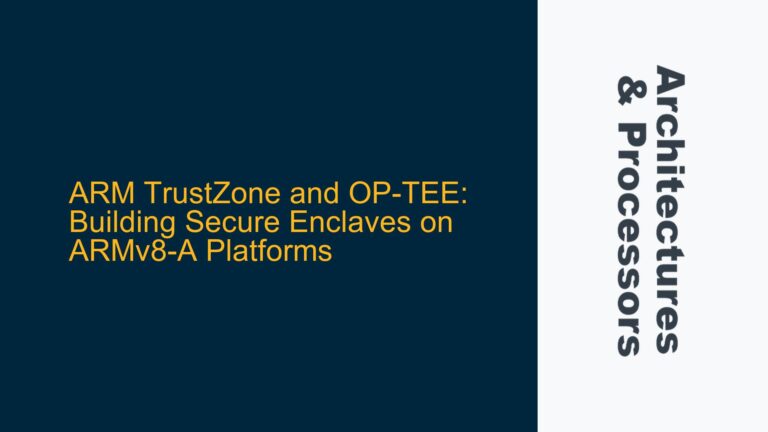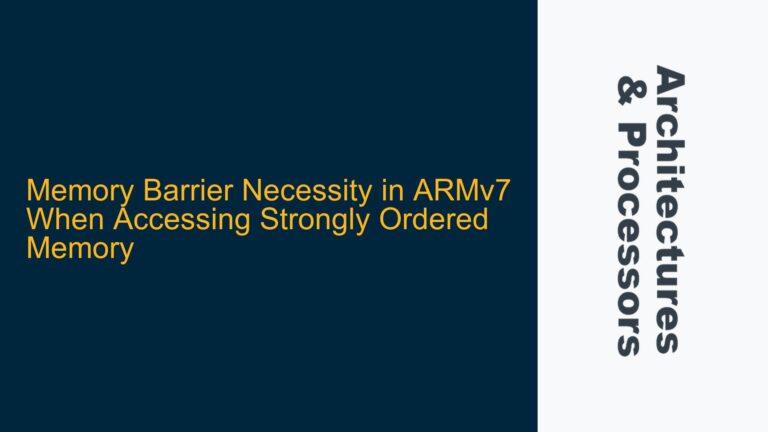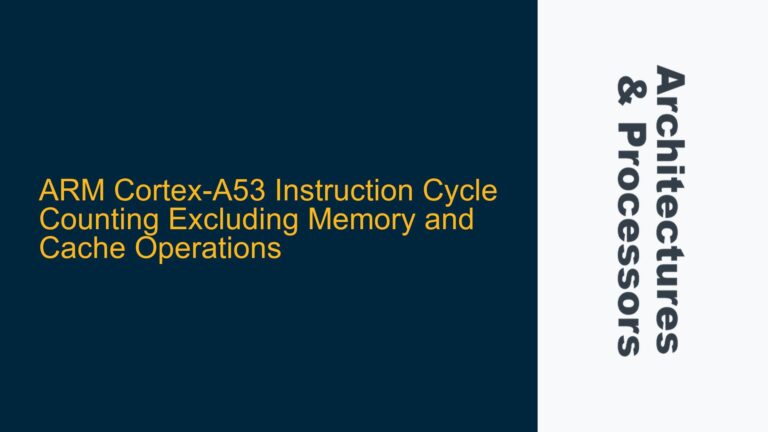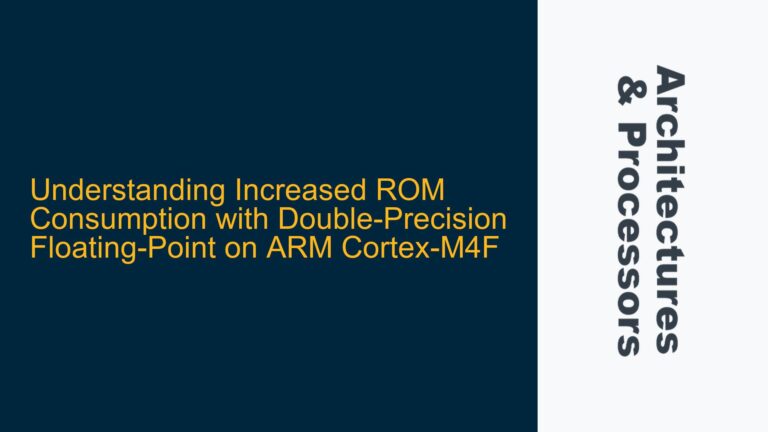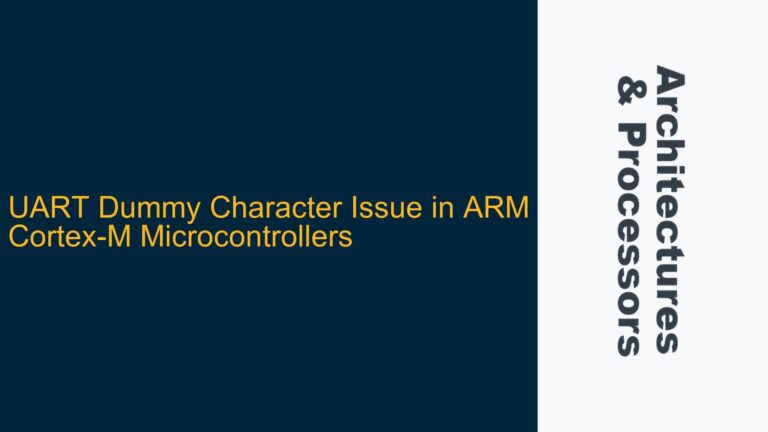ARM Cortex DynamIQ Cache Stashing and IO Coherency Mechanisms
Cache stashing and IO coherency are two distinct but related mechanisms in ARM DynamIQ architectures that address the challenge of efficient data sharing between devices and processors. Cache stashing allows a device to directly inject data into a specific cache within a processor cluster, bypassing the traditional memory hierarchy. This mechanism is particularly useful for latency-sensitive applications where data needs to be immediately available to the CPU without the overhead of fetching it from main memory. On the other hand, IO coherency ensures that devices and processors share a coherent view of memory, typically achieved through system interconnects like CCI (Cache Coherent Interconnect) or CCN (Cache Coherent Network). While both mechanisms aim to optimize data flow, they operate at different levels of the system architecture and are suited to different use cases.
Cache stashing is a more targeted approach, enabling devices to push data directly into the L3 or L2 cache of a specific core or cluster. This is particularly beneficial in scenarios where the data flow is predictable and the device has knowledge of the cache topology. For example, in a multimedia application, a video accelerator might stash frames directly into the cache of a CPU core that will process them, reducing latency and improving throughput. However, cache stashing requires careful management to avoid cache pollution and ensure that the stashed data is relevant to the processing core.
IO coherency, in contrast, provides a more generalized solution for maintaining coherency across the entire system. It ensures that all devices and processors see a consistent view of memory, even when data is modified by different agents. This is achieved through hardware mechanisms like snooping and cache invalidation, which are managed by the system interconnect. IO coherency is essential in systems with multiple devices and processors that need to share data without explicit software intervention. For example, in a network processing system, a network interface card (NIC) might write packet data to memory, and the CPU needs to access this data without encountering stale or inconsistent values.
The key difference between cache stashing and IO coherency lies in their scope and implementation. Cache stashing is a point-to-point mechanism that directly connects a device to a specific cache, while IO coherency is a system-wide mechanism that ensures coherency across all devices and processors. Both mechanisms have their strengths and weaknesses, and the choice between them depends on the specific requirements of the application.
Memory Access Patterns and System Interconnect Bottlenecks
One of the primary challenges in implementing cache stashing and IO coherency is managing memory access patterns and avoiding bottlenecks in the system interconnect. In a typical ARM-based system, the system interconnect (e.g., CCI or CCN) is responsible for routing traffic between processors, memory, and devices. The interconnect must handle a wide variety of traffic types, including coherent and non-coherent transactions, and ensure that all agents see a consistent view of memory.
Cache stashing can reduce the load on the system interconnect by allowing devices to inject data directly into the cache, bypassing the need for memory accesses. However, this approach requires careful coordination between the device and the processor to ensure that the stashed data is relevant and does not cause cache pollution. For example, if a device stashes data into a cache that is not being used by the processor, the data may be evicted before it is accessed, negating the benefits of stashing. Additionally, cache stashing can increase contention for cache resources, particularly in systems with multiple devices stashing data into the same cache.
IO coherency, on the other hand, relies on the system interconnect to manage coherency across the entire system. This can lead to increased traffic on the interconnect, particularly in systems with multiple devices and processors accessing shared memory. The interconnect must handle a large number of coherency transactions, including snoops, invalidations, and writebacks, which can create bottlenecks and reduce overall system performance. To mitigate these issues, ARM architectures include features like distributed coherency protocols and hierarchical interconnects, which help to reduce the load on the interconnect and improve scalability.
Another potential bottleneck in systems using IO coherency is the latency introduced by coherency transactions. When a device writes to memory, the interconnect must ensure that all processors and devices see the updated value, which can involve multiple coherency transactions. This can increase the latency of memory accesses, particularly in systems with a large number of agents. To address this, ARM architectures include features like cache stashing and ACP (Accelerator Coherency Port), which allow devices to bypass the interconnect and directly access the processor’s cache.
In summary, both cache stashing and IO coherency have the potential to create bottlenecks in the system interconnect, but they do so in different ways. Cache stashing can reduce the load on the interconnect by allowing devices to inject data directly into the cache, but it requires careful management to avoid cache pollution and contention. IO coherency, on the other hand, relies on the interconnect to manage coherency across the entire system, which can lead to increased traffic and latency. The choice between these mechanisms depends on the specific requirements of the application and the architecture of the system.
Optimizing Data Flow with Cache Stashing and IO Coherency
To optimize data flow in ARM DynamIQ architectures, it is essential to understand the strengths and weaknesses of both cache stashing and IO coherency and to use them in a way that complements the overall system architecture. Cache stashing is particularly useful in applications where data needs to be immediately available to the processor, such as in multimedia processing or real-time signal processing. In these applications, the device can stash data directly into the cache of the processor that will use it, reducing latency and improving throughput. However, cache stashing requires careful management to ensure that the stashed data is relevant and does not cause cache pollution.
IO coherency, on the other hand, is essential in systems with multiple devices and processors that need to share data without explicit software intervention. In these systems, IO coherency ensures that all agents see a consistent view of memory, even when data is modified by different devices. This is particularly important in applications like network processing, where multiple devices may be writing to and reading from shared memory. However, IO coherency can introduce latency and increase the load on the system interconnect, so it is important to use it judiciously.
One approach to optimizing data flow is to use a combination of cache stashing and IO coherency, depending on the specific requirements of the application. For example, in a multimedia application, a video accelerator might use cache stashing to inject frames directly into the cache of the processor that will process them, while the rest of the system uses IO coherency to ensure that all devices and processors see a consistent view of memory. This approach allows the system to take advantage of the low latency and high throughput of cache stashing while still maintaining coherency across the entire system.
Another approach is to use hardware features like ACP (Accelerator Coherency Port) to allow devices to bypass the system interconnect and directly access the processor’s cache. ACP allows devices to participate in the processor’s coherency domain, ensuring that all agents see a consistent view of memory without the need for explicit software intervention. This can reduce the load on the system interconnect and improve overall system performance, particularly in systems with multiple devices accessing shared memory.
In addition to hardware features, software optimizations can also play a key role in optimizing data flow. For example, software can use memory barriers and cache management instructions to ensure that data is properly synchronized between devices and processors. Memory barriers ensure that all previous memory accesses are completed before proceeding to the next instruction, while cache management instructions like cache invalidation and clean operations ensure that the cache is in a consistent state. These software optimizations can help to reduce the latency of coherency transactions and improve overall system performance.
In conclusion, optimizing data flow in ARM DynamIQ architectures requires a careful balance between cache stashing and IO coherency, as well as the use of hardware features and software optimizations. By understanding the strengths and weaknesses of each mechanism and using them in a way that complements the overall system architecture, it is possible to achieve low latency, high throughput, and consistent coherency across the entire system.
